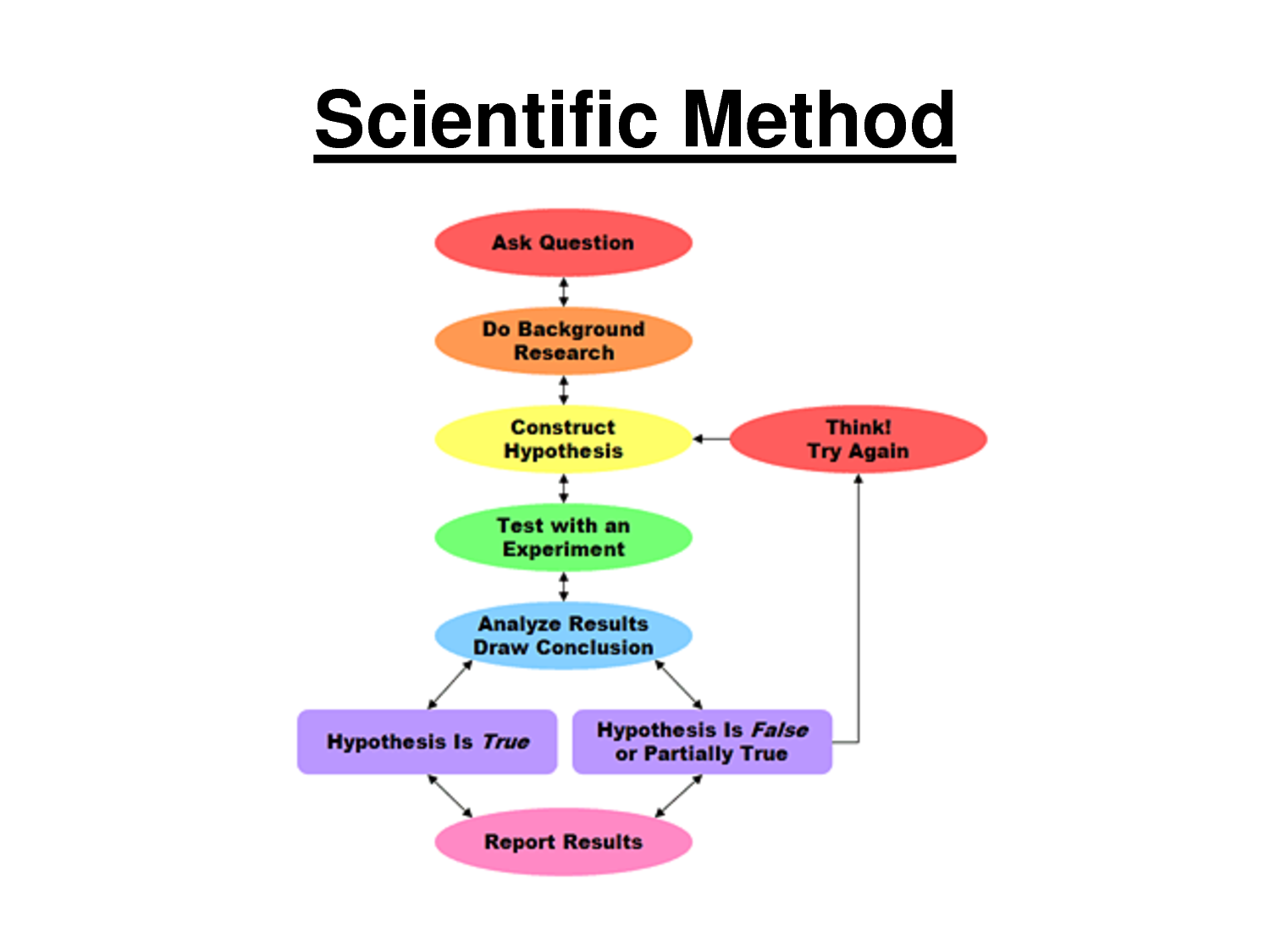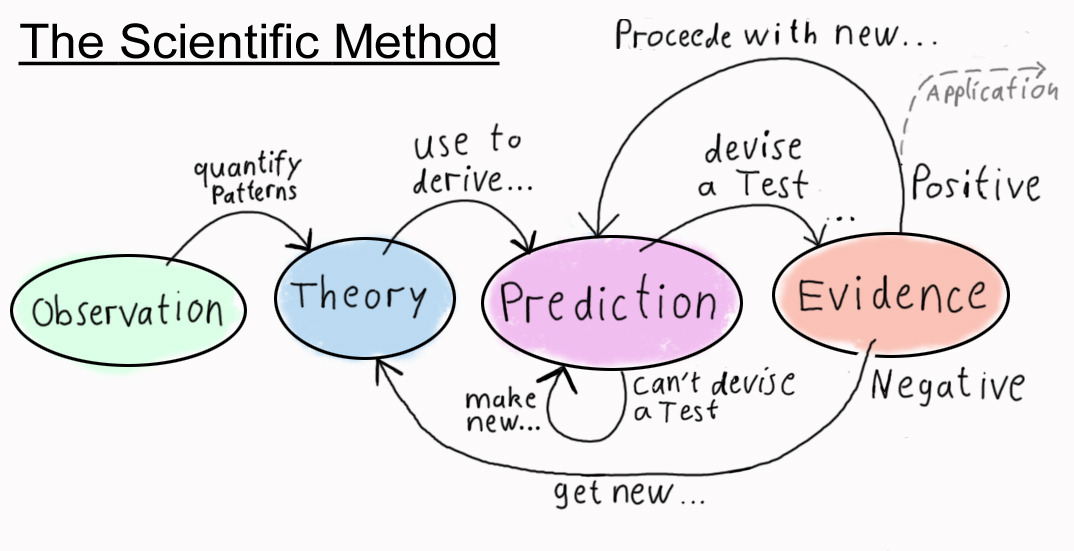The scientific method is a series of steps followed by scientific investigators to answer specific questions about the natural world. It can be illustrated using a diagram like this: In designing an experiment, the specific question (or questions) that the experiment is meant to answer must first be clearly identified. An experiment is designed to test the hypothesis, and. Encourage students to ask why, what, when, where, or how about a particular phenomenon or topic.
Scientists use the scientific method because it is objective and based on evidence. First, an observation or question arises about a phenomenon. Web in a nutshell, the scientific method works by making observations, asking a question or identifying a problem, and then designing and analyzing an experiment to test a prediction of what you expect will happen. Use the results to make new hypotheses or predictions. Web the six steps of the scientific method include:
It involves making observations, formulating a hypothesis, and conducting scientific experiments. An experiment is designed to test the hypothesis, and. It is the process used among all scientific disciplines and is used to conduct both small and large experiments. Now it is time to summarize and explain what happened in your experiment. Web you’re probably familiar with the scientific method—the process of performing specific actions in a specific order to solve problems and reach useful conclusions.
Jun 19, 2024 • article history. Scientists ask questions, gather evidence, share ideas, and analyze data. It can be illustrated using a diagram like this: Web here’s how it works. A testable explanation or hypothesis is then created. Your conclusion should be based solely on your results. Web psychologists use the scientific method to investigate the mind and behavior. It involves making observations, formulating a hypothesis, and conducting scientific experiments. 3.1 logical constructionism and operationalism. Form a hypothesis, or testable explanation. It minimizes biases and enables replicable research, leading to groundbreaking discoveries like einstein's theory of relativity, penicillin, and the structure of dna. Background research/ research the topic. Logic of method and critical responses. 1) asking a question about something you observe, 2) doing background research to learn what is already known about the topic, 3) constructing a hypothesis, 4) experimenting to test the hypothesis, 5) analyzing the data from the experiment and drawing conclusions, and 6) communicating the results. Encourage students to ask why, what, when, where, or how about a particular phenomenon or topic.
Web Experimentation Is The Heart Of Science.
Web table of contents. Web here’s how it works. Web unsure of what the steps of the scientific method are? Make a prediction based on the hypothesis.
Learn More About Each Of The Five Steps Of The Scientific Method And How They Are Used.
It minimizes biases and enables replicable research, leading to groundbreaking discoveries like einstein's theory of relativity, penicillin, and the structure of dna. Web psychologists use the scientific method to investigate the mind and behavior. In designing an experiment, the specific question (or questions) that the experiment is meant to answer must first be clearly identified. The scientific method is a system of exploring the world around us, asking and answering questions, and making predictions.
A Brief History Of Science.
The scientific method is used in all sciences—including chemistry, biology, geology, and psychology. Your conclusion should answer the question posed in step one. It starts with an observation, followed by a question. Watch how we use the scientific method to explore the sci.
Encourage Students To Ask Why, What, When, Where, Or How About A Particular Phenomenon Or Topic.
Flow chart of scientific method. Web you’re probably familiar with the scientific method—the process of performing specific actions in a specific order to solve problems and reach useful conclusions. Logic of method and critical responses. Web in a nutshell, the scientific method works by making observations, asking a question or identifying a problem, and then designing and analyzing an experiment to test a prediction of what you expect will happen.








:max_bytes(150000):strip_icc()/scientific-method-p2-373335_V2-01-2f51a3a43c8e4be7900848f13c57eef4.png)
